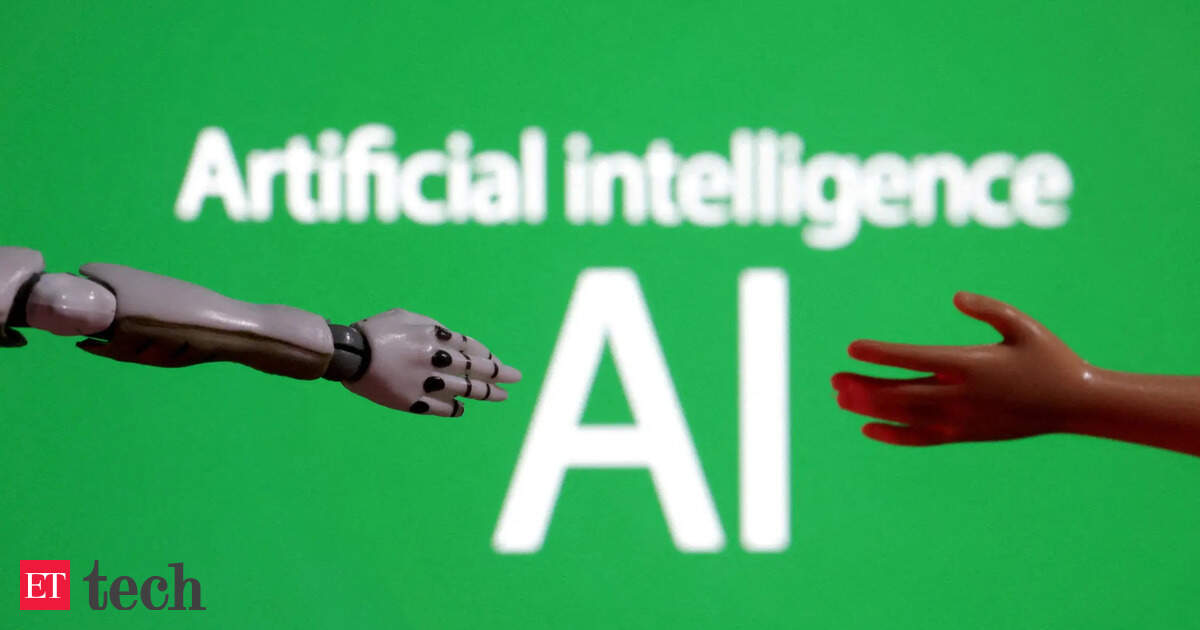
As large language models (LLMs) like ChatGPT from OpenAI and DeepSeek from Beijing-based researchers continue to evolve, they are being increasingly considered for use in high-stakes decision-making contexts. These artificial intelligence systems, trained on massive amounts of text data, have shown proficiency in generating human-like responses and synthesizing complex information, making them attractive tools for aiding professionals in fields such as law, healthcare, and security.
The appeal of LLMs lies in their speed and ability to process large volumes of information rapidly, potentially improving efficiency and outcomes when time and accuracy are critical. For instance, a physician might use an AI assistant to cross-reference symptoms and diagnoses in real time, or legal firms might lean on these tools to sift through prior case law during trials. In more extreme scenarios, LLMs are even being reviewed for their potential to support military and emergency response planning.
However, the deployment of LLMs in these sensitive areas is not without risks. Critics and researchers caution that these models, while powerful, can generate incorrect or biased information. Since most LLMs derive their knowledge from publicly available text sources, they may echo societal biases or provide outputs based on outdated or non-contextual data. Furthermore, the ‘black-box’ nature of deep learning models often makes it difficult to understand or verify the reasoning behind a model’s output.
Governments, academic institutions, and private enterprises are now developing regulatory frameworks and ethical guidelines for the safe use of LLMs in decision-making. Transparency in model development, proper training data selection, and human oversight are being emphasized as essential guardrails to ensure that AI enhances, rather than replaces, human judgment in critical areas.
As this technology continues to advance, the global community will face ongoing challenges in balancing innovation with ethical responsibility. The future role of LLMs in high-stakes decisions will depend not only on computational improvements but also on society’s ability to manage their application conscientiously.
Source: https:// – Courtesy of the original publisher.








